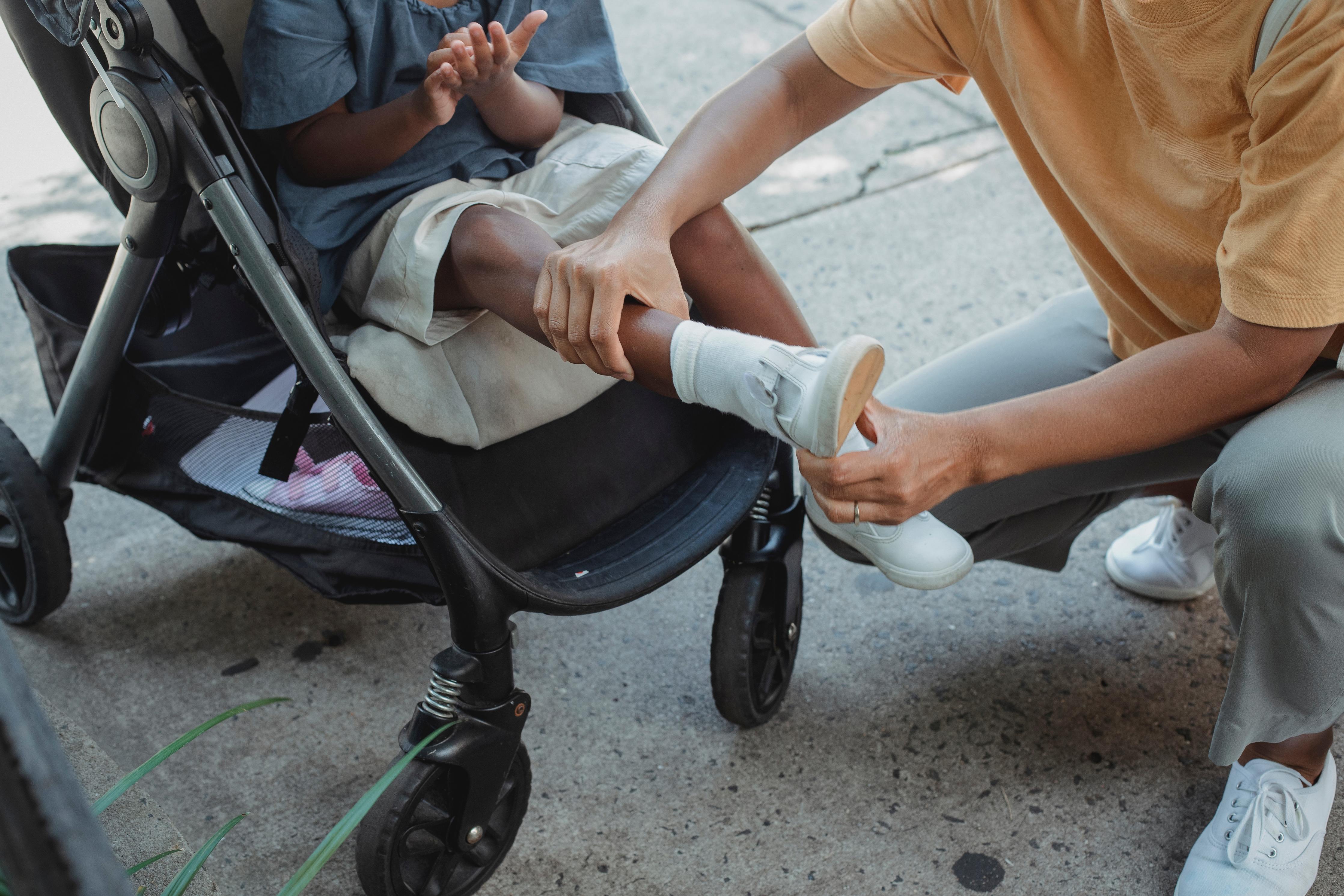
The Science Behind Supportive Shoes: Promoting Healthy Foot Development
Discover the scientific principles behind supportive shoes and how they contribute to promoting healthy foot development. Explore the role of proper arch support, cushioning, stability, and alignment in footwear design. Read on to understand the science-backed benefits of supportive shoes for your feet.
Introduction:
Choosing the right shoes goes beyond fashion and style; it directly impacts the health and development of our feet. Supportive shoes are designed to provide optimal support, cushioning, stability, and alignment, all of which are essential for promoting healthy foot development. In this blog post, we'll delve into the science behind supportive shoes and explore how they contribute to overall foot health and well-being.
- Arch Support: The Foundation of Supportive Shoes
Supportive shoes feature proper arch support, which is crucial for maintaining the natural alignment of the foot. The arch acts as a shock absorber, distributing the body's weight evenly and reducing stress on the feet, ankles, and legs. Arch support helps prevent overpronation (excessive inward rolling of the foot) or supination (outward rolling), promoting a balanced gait and reducing the risk of injuries or imbalances.
- Cushioning: Impact Absorption for Enhanced Comfort
Effective cushioning in supportive shoes is essential for absorbing shock and reducing the pressure placed on the feet with each step. High-quality cushioning materials, such as foam or gel inserts, provide a protective barrier that minimizes the impact of walking or running on hard surfaces. Cushioning helps alleviate discomfort, reduces fatigue, and contributes to overall foot comfort during daily activities or extended periods of standing or walking.
- Stability: Supporting Proper Foot Motion
Supportive shoes are designed to provide stability by supporting proper foot motion. They often incorporate features like firm heel counters and structured outsoles that prevent excessive foot movement and promote a more aligned and stable gait. By minimizing excessive motion, supportive shoes can help prevent common issues such as ankle sprains, shin splints, or instability during physical activities.
- Alignment: Maintaining Proper Body Posture
Proper alignment starts from the ground up, and supportive shoes play a significant role in maintaining correct body posture. When our feet are aligned correctly, it positively influences the alignment of our ankles, knees, hips, and spine. Supportive shoes help distribute body weight evenly and encourage a neutral alignment, reducing the risk of conditions like plantar fasciitis, knee pain, or back pain caused by poor posture.
- Customization: Individualized Support for Unique Foot Characteristics
Supportive shoes often offer customization options to accommodate unique foot characteristics. They may have removable insoles or the ability to accommodate orthotic inserts, providing personalized support and addressing specific foot conditions or arch types. Customization options allow individuals to fine-tune their footwear to their exact needs, enhancing overall comfort and promoting healthy foot mechanics.
Conclusion:
The science behind supportive shoes is rooted in understanding the biomechanics of the feet and the principles of proper foot alignment. By providing arch support, cushioning, stability, and alignment, supportive shoes promote healthy foot development and contribute to overall foot health. They minimize the risk of injuries, alleviate discomfort, and enhance comfort during daily activities or physical exertion.
Investing in supportive shoes that align with your foot's needs can have a profound impact on your foot health and overall well-being. Prioritize the science-backed principles of arch support, cushioning, stability, and alignment when choosing your footwear. Your feet will thank you for providing the support they deserve.
Embrace the science of supportive shoes and step confidently towards healthier and happier feet!



